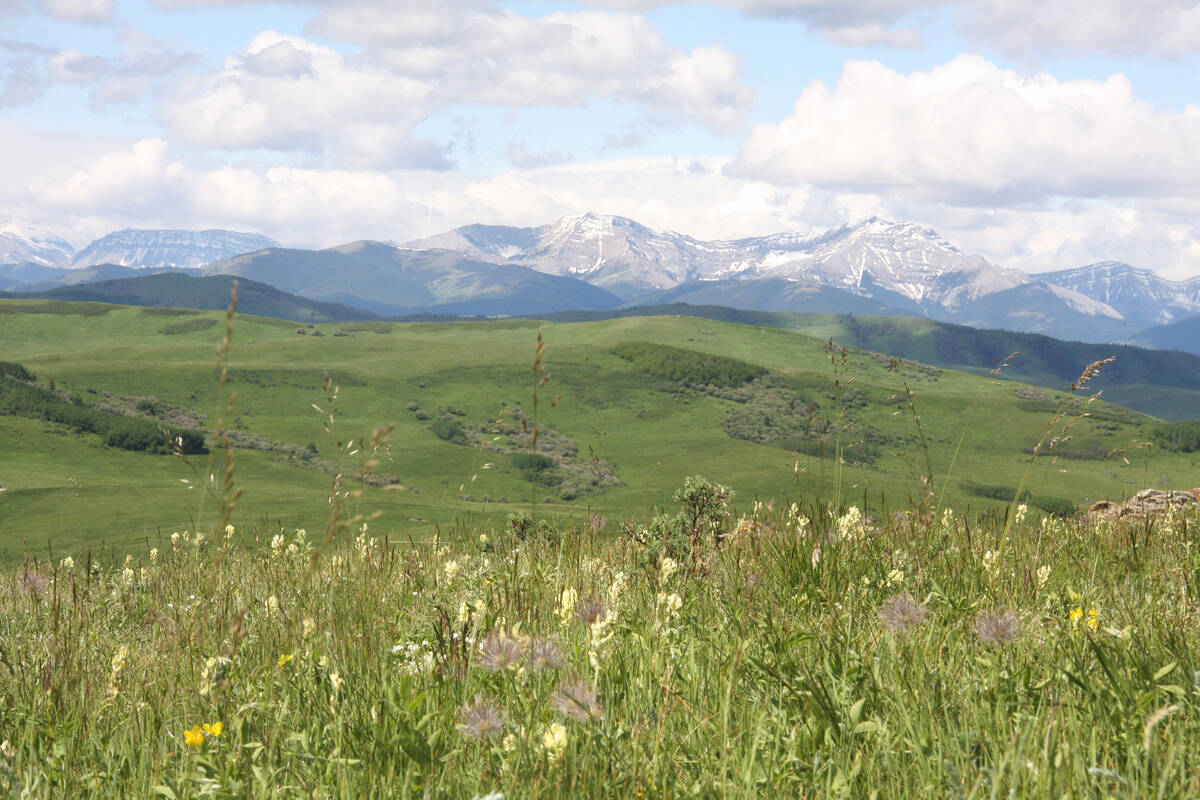Declining world barley production places the future of the malting industry in jeopardy.
“Malting barley is only one percent of the world’s cereal crop and with all these influences and demands, if we are not very careful, we could lose malting barley,” said Tim Stonehouse, group sales manager of Muntons Malt.
It is one of five major malting companies in the United Kingdom purchasing 265,000 tonnes of wheat and barley annually.
Maltsters and brewers need to encourage farmers to grow quality malt barley in return for a good price, he told the Western Barley Growers Association annual meeting in Calgary Feb. 11-12.
Read Also

Selenium not deal breaker in coal mining: expert
Environmental scientist weighs in on coal mining debates in Western Canada, explaining selenium and the technologies and practices to lower its concentrations in nearby waterways to coal mining operations
Malting barley prices in Europe spiked in 2007-08 because of low supplies but future prospects do not look rosy.
Feed barley in the United Kingdom has been trading at the equivalent of about $110 per tonne and malting barley is at $153 per tonne. Prices are plummeting for the 2009 crop.
“They can’t give it away at the moment,” he said.
British farmers experienced high barley yields in 2008 and 2009 because of good weather but price fluctuations due to the global recession and demands of the energy industry encourage farmers to grow better paying crops like corn.
“Ethanol prices have come between the cereal markets and the oil market,” he said. When oil is above $70 (US) per barrel, ethanol production is competitive and places more demand on the market for corn.
Most malt is used for beer but consumption is going flat. In the U.K., declining beer consumption is forcing some pubs to close.
“We are now less than 100 litres per head and what we have seen is a big rise in cider and wine,” he said.
World per capita consumption averages about 80 litres per year.
Last year, Ireland drank 155 litres, Germany consumed 119 litres, United States 85 litres and Canada 70 litres.
About 25 million tonnes of malt are produced around the world but Stonehouse estimates demand at around 23 million tones. Malting plants are running at about 90 percent capacity. One tonne of malting barley yields 950 litres of beer.
The European Union is the world’s top producer followed by North America. Canada produces less than one million tonnes of malt but only needs about half that amount.
Malt inclusion rates over the last seven years have dropped. In many developing nations, enzymes are taking the place of malt. The brewing industry did not define how much malt, hops, yeast and water should be used, so substitute products can be called beer.
Other challenges include business consolidations, with large companies now dominating the industry.
Stonehouse said there is room for medium and large companies in the current market but he expects consolidation and closure of some of the middle-sized companies in the next decade.
The brewing business is similar where 10 major companies brew 75 percent of the world’s beer. They are also putting pressure on malting companies because they expect them to wait 120 days for payment. That stifles investment in the industry when cash is not available.
There is also a lack of connection between the growers, maltsters and brewers. Each sector is working on the basis of offering the lowest prices to keep costs down, said Stonehouse.
Barley beginnings
- The origin of barley remains unknown. There are differing views among researchers as to whether the original wild forms were indigenous to eastern Asia, central Asia or the eastern Mediterranean area, or all three.
- Barley grain found in pits and pyramids in Egypt indicate that it was cultivated there more than 5,000 years ago.
- The most ancient glyph or pictograph found for barley is dated about 3000 B.C.
Species and characteristics of barley
- Three species of Hordeum constitute the barleys under cultivation. All are derived species, not known as such in nature. All have 14 chromosomes in the diploid stage and readily intercross.
- Hordeum vulgare L. These are six-row barleys with a tough spike stem. All florets are fertile and develop normal kernels. Within the species are two groups: (1) The typical group in which lateral kernels are only slightly smaller than the central one. (2) The intermediate group in which lateral kernels are distinctly smaller than central ones. This group may contain kinds with sterile or near sterile lateral spikelets. The two groups may overlap and are not fully distinct.
- Hordeum distichon L. This species is the two-row barleys with a tough spike stem. The central spikelets all contain a fertile flower, while flowers in the lateral spikelets are either male or sexless. Two groups of varieties occur: (1) The typical two-row group, with lateral flowers containing lemma, palea and reduced sexual parts. (2) The deficiens group, with lateral flowers containing no sexual parts.
- Hordeum irregulare E. Aberg and Wiebe. This is an irregular barley with a tough rachis, but with lateral flowers reduced in some instances to a stem piece only; and others fertile, sterile or sexless. Central spikelets contain fertile flowers and set seeds.
Source: Purdue University















